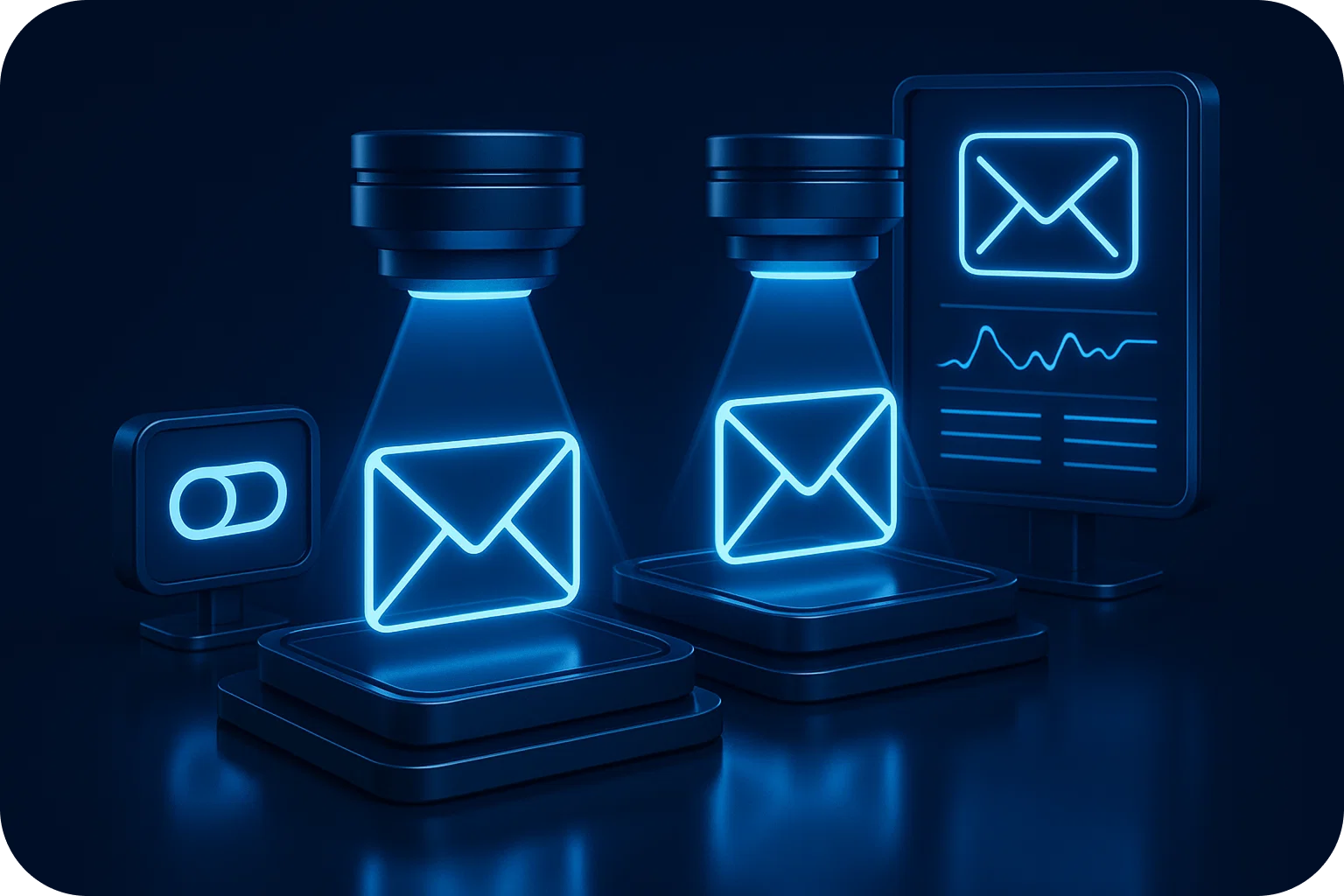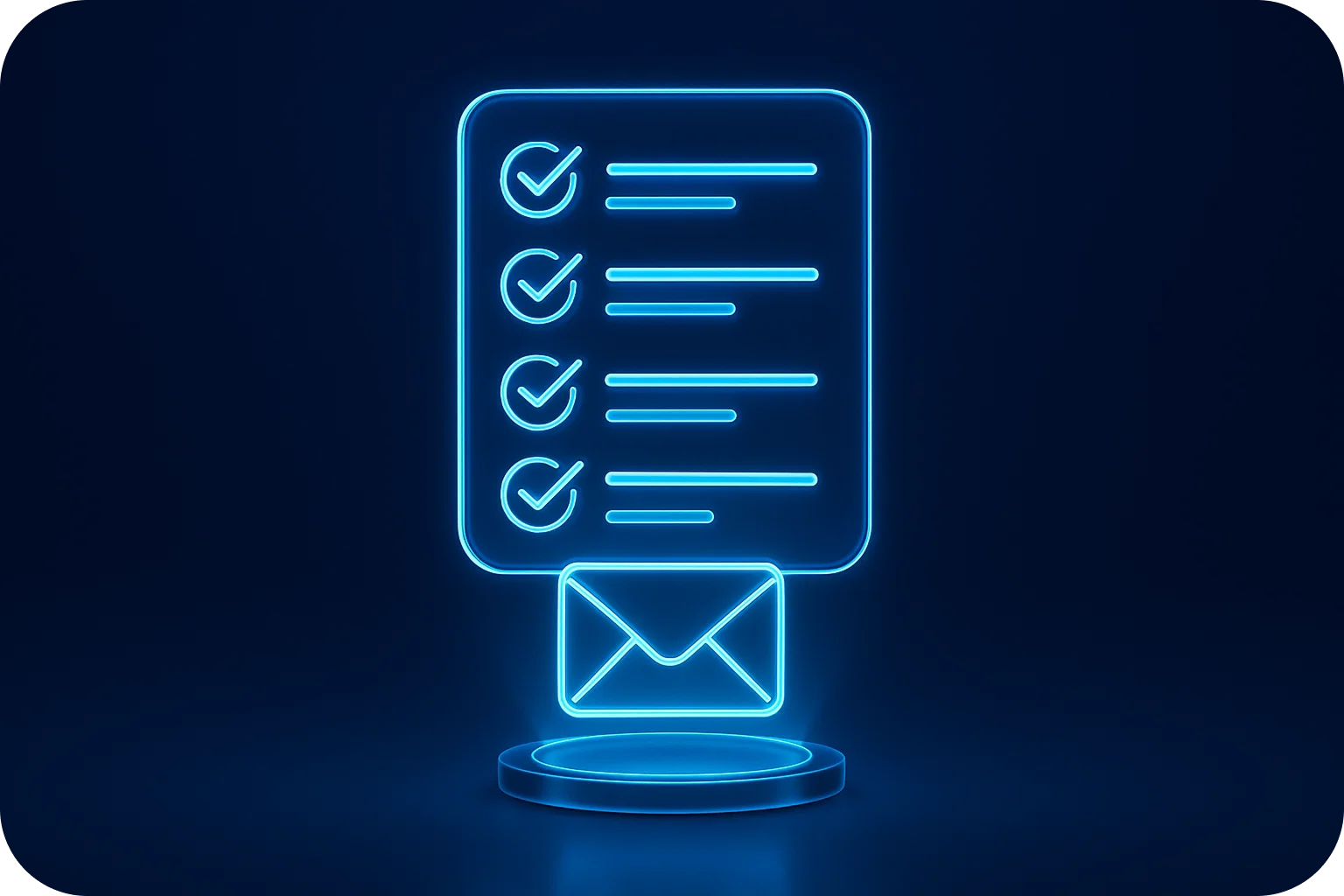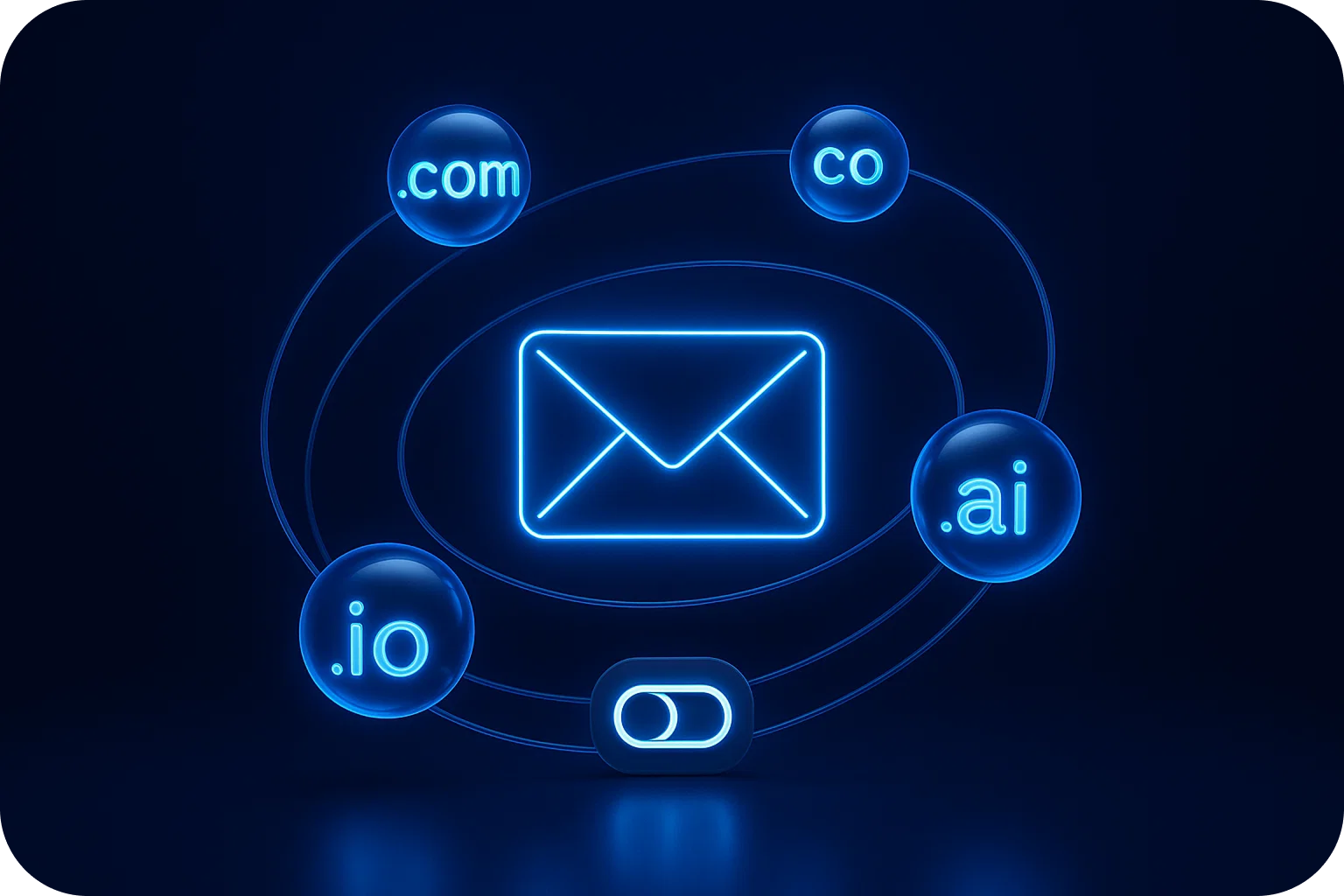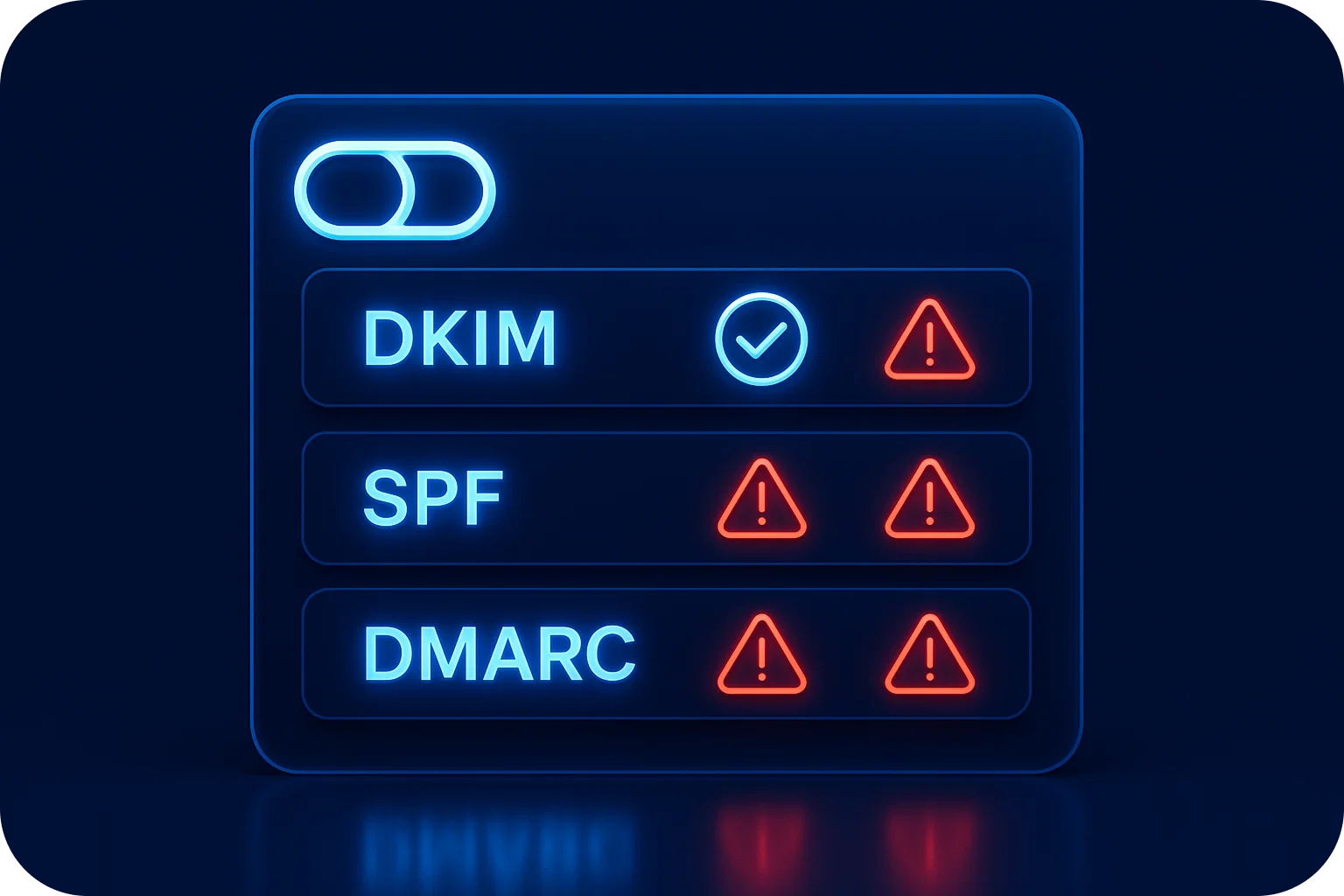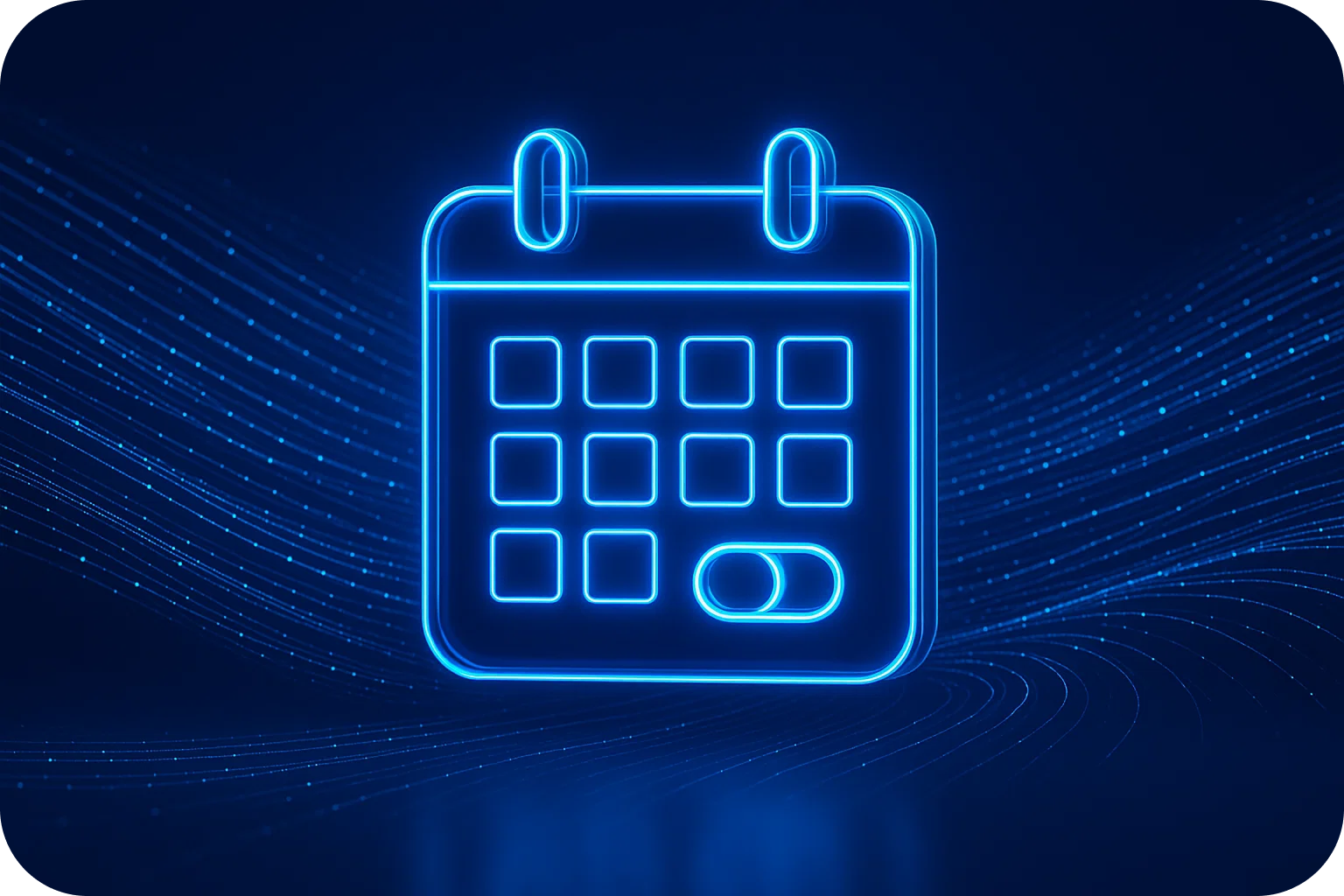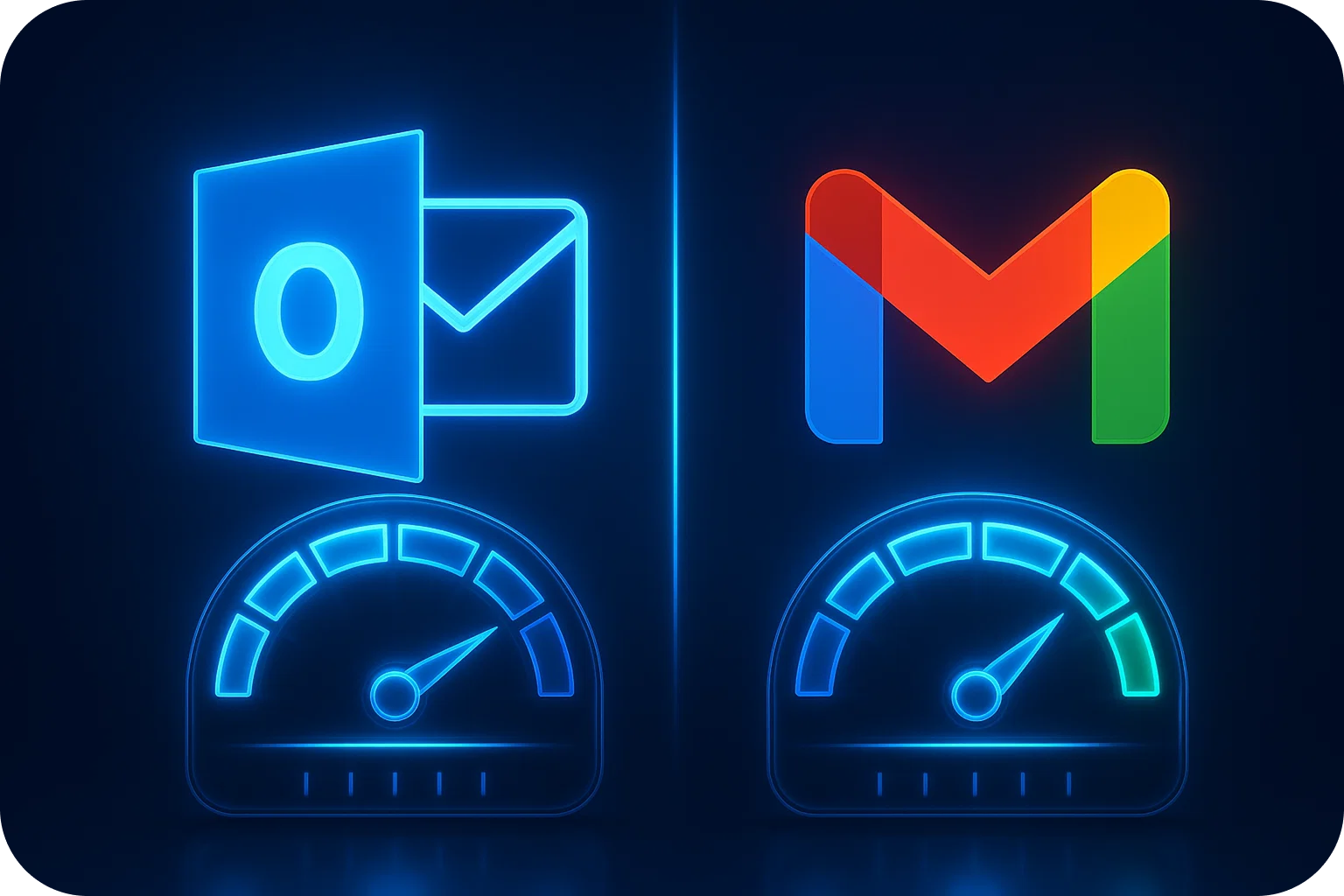Cold Email Conversion Funnels: Where Prospects Drop Off and Why

Cold email outreach remains one of the most effective ways to generate leads and drive business growth. However, many sales teams struggle with low conversion rates, watching potential opportunities slip through their fingers at various stages of the funnel. Understanding where prospects drop off and, more importantly, why is crucial for optimizing your email outreach conversion and maximizing your return on investment.
In this comprehensive guide, we'll dissect the cold email conversion funnel, identify the most common drop-off points, and provide actionable strategies to plug those leaks and improve your overall conversion rate.
Understanding the Cold Email Conversion Funnel
Before diving into where things go wrong, let's establish what a typical cold email conversion funnel looks like:
- Email Delivered: Your email successfully reaches the recipient's inbox
- Email Opened: The prospect opens and reads your email
- Email Engaged: The recipient clicks on links, replies, or takes some action
- Interest Expressed: The prospect shows genuine interest in your offering
- Meeting Scheduled: A discovery call or demo is booked
- Opportunity Created: The prospect becomes a qualified lead
- Deal Closed: The prospect converts to a paying customer
Each stage represents a critical conversion point where prospects can either move forward or drop out entirely. Industry benchmarks suggest that even high-performing cold email campaigns typically see:
- Delivery rates: 95-98%
- Open rates: 15-25%
- Reply rates: 1-5%
- Meeting booking rates: 0.5-2%
- Conversion to opportunity: 0.1-1%
Stage 1: Delivery Failures - The Silent Killer
The first and often overlooked drop-off point occurs before your prospect even sees your email. Delivery failures can devastate your email outreach conversion before it begins.
Common Delivery Issues:
- Spam filters: Aggressive content, poor sender reputation, or inadequate authentication
- Blacklisted domains: Your sending domain has been flagged by email providers
- Technical setup problems: Missing SPF, DKIM, or DMARC records
- Volume spikes: Sending too many emails too quickly from new domains
Solutions:
- Implement proper email authentication protocols
- Warm up new domains gradually over 3-4 weeks
- Monitor sender reputation using tools like Google Postmaster
- Use professional email infrastructure providers
- Maintain clean email lists and remove bounced addresses promptly
Stage 2: The Open Rate Bottleneck
Even when emails are delivered successfully, getting prospects to open them presents the next major challenge. With the average professional receiving 121 emails per day, your subject line has mere seconds to capture attention.
Why Prospects Don't Open:
- Generic subject lines: "Quick question" or "Partnership opportunity" blend into the noise
- Sender recognition issues: Recipients don't recognize your name or company
- Poor timing: Emails sent at suboptimal times for your audience
- Mobile optimization: Subject lines that get cut off on mobile devices
Optimization Strategies:
- Personalize subject lines with company names, recent news, or specific pain points
- Keep subject lines under 50 characters for mobile compatibility
- A/B test different approaches: questions vs. statements, urgency vs. curiosity
- Research optimal send times for your target industry and geography
- Use social proof or mutual connections when possible
Stage 3: Engagement Drop-Off - The Content Challenge
Opening an email is just the beginning. The real test comes when prospects scan your content and decide whether to engage further. This is where most cold email campaigns see their steepest drop-off rates.
Engagement Killers:
- Self-centered messaging: Focusing on your company instead of prospect benefits
- Information overload: Cramming too much into a single email
- Weak value proposition: Failing to clearly articulate what's in it for them
- Poor personalization: Generic templates that feel mass-produced
- Unclear call-to-action: Multiple asks or confusing next steps
Content Optimization:
- Lead with prospect-focused benefits, not company achievements
- Keep emails concise—aim for 50-125 words
- Include one clear, specific call-to-action
- Use social proof relevant to their industry or company size
- Reference specific company information or recent developments
Stage 4: Interest to Action - The Response Gap
Some prospects may read your entire email and even feel interested, but still fail to respond. This silent interest represents a significant conversion leak that many sales teams overlook.
Why Interested Prospects Don't Respond:
- Decision paralysis: Too many options or unclear next steps
- Timing misalignment: Interest exists, but timing isn't right
- Authority issues: They're interested but not the decision-maker
- Perceived effort: The requested action seems too time-consuming
- Trust concerns: Uncertainty about your credibility or solution quality
Bridging the Response Gap:
- Offer multiple response options (email, calendar link, phone call)
- Reduce friction with one-click calendar scheduling
- Include customer testimonials or case studies
- Acknowledge timing constraints and offer future follow-up
- Make the first step as small as possible
Stage 5: Meeting Scheduling Challenges
Getting a positive response doesn't guarantee a scheduled meeting. Many promising conversations stall during the scheduling phase, creating another significant drop-off point in your email outreach conversion funnel.
Scheduling Obstacles:
- Back-and-forth coordination: Multiple emails to find mutual availability
- Calendar conflicts: Proposed times don't work for busy executives
- Meeting format confusion: Unclear about in-person vs. virtual meetings
- Value uncertainty: Prospects question whether the meeting is worth their time
Streamlining the Process:
- Use calendar scheduling tools like Calendly or Acuity
- Offer multiple time slots across different days
- Clearly specify meeting duration and format
- Reiterate the meeting value and agenda
- Send confirmation emails with calendar invites
Stage 6: From Meeting to Opportunity
Successfully scheduling a meeting is a major milestone, but converting that meeting into a qualified opportunity presents its own challenges. This stage often reveals misaligned expectations or inadequate qualifications.
Meeting-to-Opportunity Barriers:
- Poor qualification: The prospect isn't a good fit for your solution
- Mismatched expectations: What you're offering doesn't align with their needs
- Budget constraints: They're interested but lack purchasing power
- Timeline misalignment: Their urgency doesn't match your sales cycle
Improving Qualification:
- Ask qualifying questions before scheduling meetings
- Research prospects thoroughly to ensure good fit
- Set clear expectations about your solution and pricing
- Prepare discovery questions that uncover real needs
- Have a clear definition of what constitutes a qualified opportunity
Advanced Strategies for Funnel Optimization
Multi-Touch Sequences
Single emails rarely generate optimal conversion rates. Implement strategic follow-up sequences that provide value at each touchpoint while maintaining prospect interest.
Behavioral Triggers
Use email tracking to identify engaged prospects who open multiple times or click links, then prioritize these warm leads for personalized follow-up.
Channel Integration
Combine cold email with LinkedIn outreach, phone calls, and retargeting ads to create multiple touchpoints and increase overall conversion probability.
Continuous Testing
Regularly A/B test different elements of your funnel:
- Subject lines and send times
- Email length and structure
- Call-to-action placement and wording
- Follow-up timing and frequency
Measuring and Monitoring Your Funnel
To optimize your cold email conversion funnel effectively, you need robust tracking and analytics. Key metrics to monitor include:
- Delivery rate: Percentage of emails that reach inboxes
- Open rate: Percentage of delivered emails that are opened
- Click-through rate: Percentage of opens that result in link clicks
- Reply rate: Percentage of emails that generate responses
- Meeting booking rate: Percentage of responses that become scheduled meetings
- Opportunity conversion rate: Percentage of meetings that become qualified leads
Use these metrics to identify your biggest drop-off points and prioritize optimization efforts where they'll have the greatest impact on your overall conversion rate.
Conclusion
Cold email conversion funnels are complex systems with multiple potential failure points. By understanding where prospects typically drop off and implementing targeted solutions for each stage, you can significantly improve your email outreach conversion rates and generate more qualified opportunities.
Remember that optimization is an ongoing process. What works today may not work tomorrow as inbox algorithms evolve and prospect behavior changes. Stay committed to continuous testing, measurement, and refinement to maintain and improve your cold email performance over time.
The key to success lies not just in sending more emails, but in creating a systematic approach that guides prospects smoothly through each stage of your conversion funnel. Focus on removing friction, providing value, and making it as easy as possible for interested prospects to take the next step toward becoming customers.
More articles
Get started now




%201.png)
